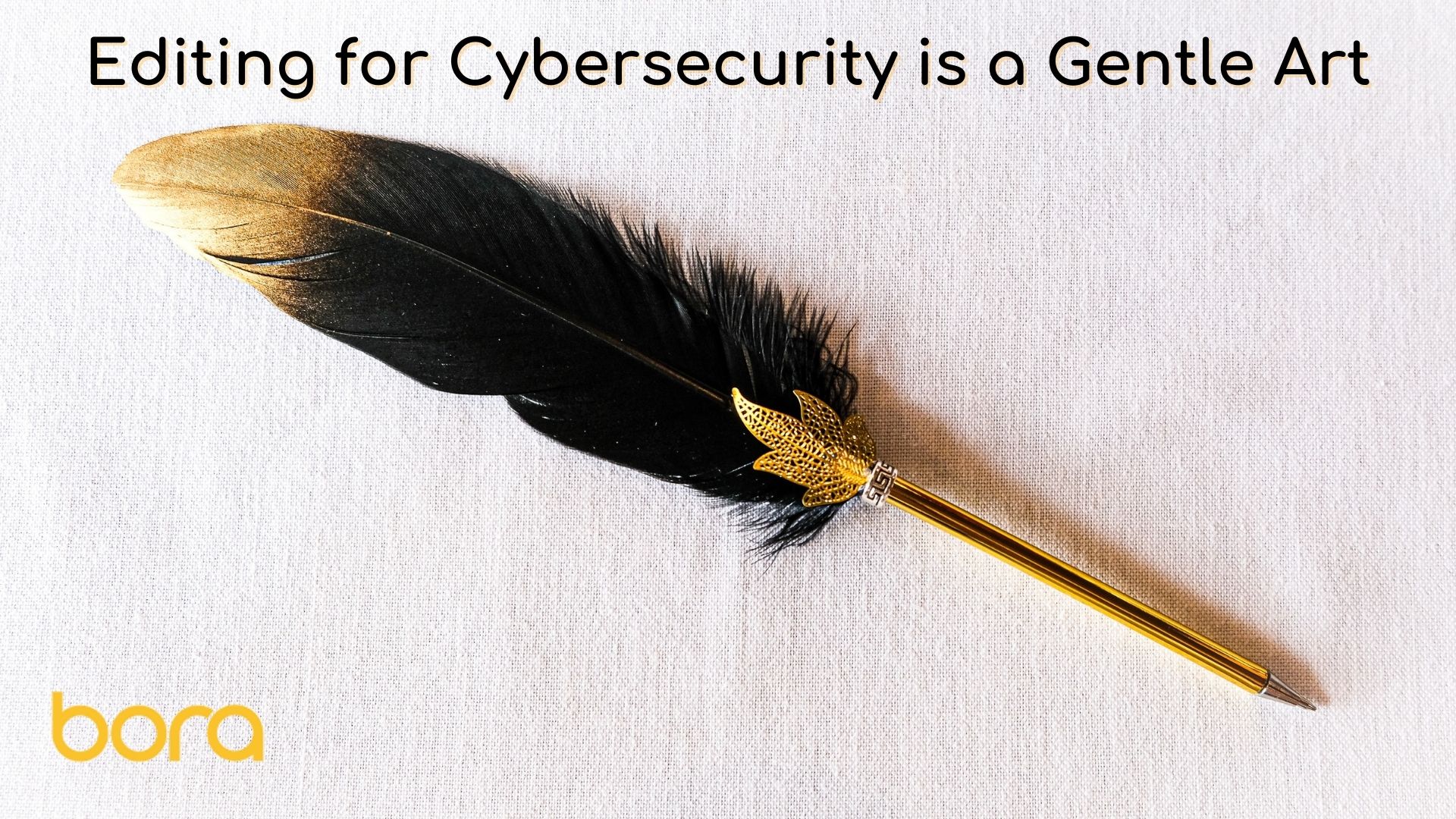Do you remember the early years of schooling, when you were just learning how to construct sentences? In English, there are novel techniques that were developed to assist a person in figuring out what was considered “proper” use of the language. Years ago, the Reed-Kellogg sentence diagramming method was used. This has been all but abandoned in most school systems.

The most amazing part about language is that it is a living entity, subject to revision, and sometimes, jarring changes. We all know that we would not speak in a classroom the same way that we would when in a supermarket or a sports arena. The point is, there are different approaches to the language depending on the circumstances.
Some professions have a completely unique taxonomy that expresses the most information in the shortest amount of time. Whether it be in an attorney’s office, or an auto-mechanic shop, the language of a specific profession is rich in words known only to members of that group. Most of these professions are well-established, with a rich history that adds credence to their special language.
One has to wonder what it was like in the early years of these professions? How did the language become widely understood, and even commonplace? For anyone in cybersecurity, the full development of the language is still in its nascent phase. While this is a golden opportunity to witness the development of an idiom, it presents unique challenges for those who edit cybersecurity literature.
The idiomatic intricacies in cybersecurity are more than just the collection of acronyms in which many technologists speak. A sentence such as, “adherence to GDPRWhat is GDPR? The General Data Protection Regulation (GDPR) is widely regarded as the world's strictest security and privacy law, promulgated by the European Union (EU) to regulate any organization... More and CCPAWhat is CCPA?The California Consumer Privacy Act, Enacted on 28 June 2018 and effective as of 1 January 2020 (CCPA) is one of the most significant pieces of privacy legislation... More are critical to proving compliance with privacy . . .” is easily clarified by expanding the acronyms to their full names. However, a sentence such as “The private key of your asymmetric pair must be carefully protected” is not as easily expanded. In some cases, the emergence of new words can emerge as the agglutinative argot of the cyber realm, such as “Keylogger”, “Botnet”, and “Spyware”.
As an editor, it is important to understand the audience for whom a piece is written and to make any changes with that in mind. For example, the phrase “agglutinative argot” would serve no purpose in any cybersecurity piece that aims to educate about the elements of a phishingWhat is Phishing? Phishing is a type of cyberattack in which attackers send fraudulent communications, or direct people to counterfeit websites in order to trick those individuals into revealing sensitive... More scam. Similarly, an explanation of public key infrastructure would only be appropriate for a very specific audience.
Yes, it is easy to argue that this is true of any writing, but what other nomenclature is still evolving at the pace of the language of cybersecurity?




